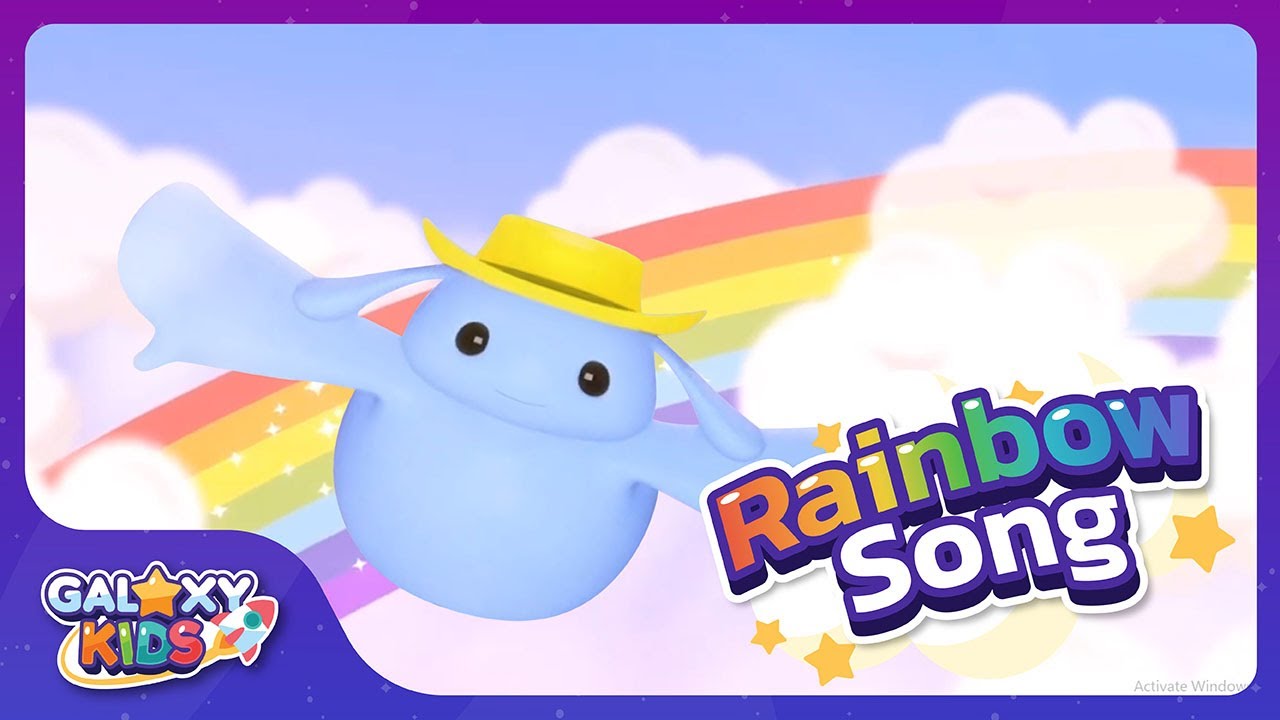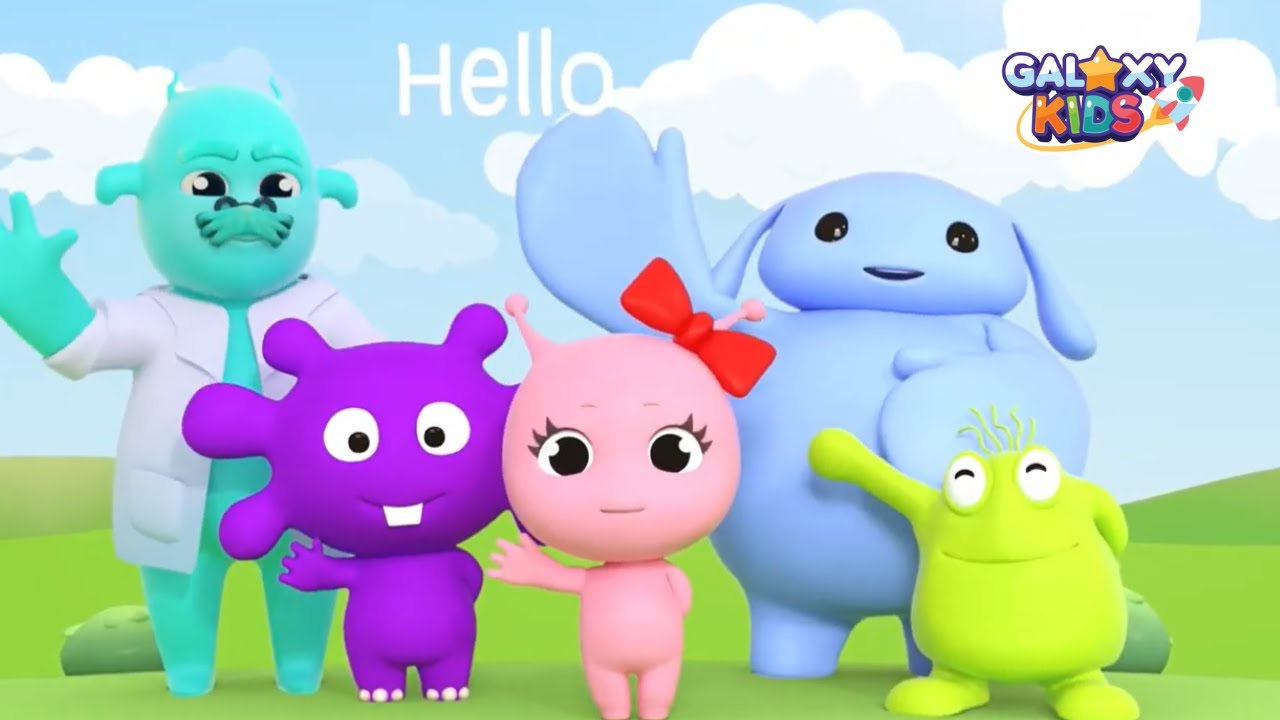Entering the fascinating world of learning Mandarin Chinese, one of the first phrases any learner encounters is how to say “hello.” In this guide, crafted especially for children, we’ll explore different ways to articulate greetings in this rich language including the basics of how to say hello in Chinese. From a simple “hello” to more specific phrases for various settings, this guide will not only enhance language skills but also boost confidence in young learners using interactive and fun methodologies.
Hello in Chinese: A Basic Greeting
The most basic way to say hello in Chinese is “你好” (nǐ hǎo), which directly translates to “you good.” It’s easy to learn for children and universally understood among Chinese speakers, making it a perfect starting point.
For a more casual greeting, akin to saying “hi” in English, “嗨” (hāi) can be used, which has a similar pronunciation to the English word “hi.”
Hello in Mandarin Chinese: Diving Into Specifics
Understanding hello in Mandarin Chinese involves knowing the tones and correct pronunciation. “你好” (nǐ hǎo) consists of a third tone followed by a neutral tone, which is crucial for correct articulation.
How to Say Hello in Chinese: Variations for Kids
Children love learning through examples and variations. Teach them to say hello how are you in Chinese as “你好吗?” (nǐ hǎo ma?), adding a layer of politeness to their greetings. Additionally, hello everyone in Chinese can be said as “大家好” (dàjiā hǎo), perfect for addressing groups.
Hello in Chinese Pronunciation and Writing
Introducing kids to hello in Chinese pronunciation through songs and interactive games can be very effective. Understanding and practicing the tones can be made enjoyable with the “Hello Song for kids,” designed to teach greetings in Mandarin through music.
How to Write Hello in Chinese
Writing can be introduced once the children are familiar with speaking. “你好” written in characters offers a visual understanding of the language. Using brush pens and guided writing mats can make this learning process artistic and engaging.
Hello in Different Contexts
Teaching children how to say hello in Chinese depending on the time of day enriches their vocabulary and understanding of the language’s versatility:
- Hello good morning in Chinese: “早上好” (zǎo shàng hǎo)
- Hello teacher in Chinese: “老师好” (lǎoshī hǎo)
- Hello friend in Chinese: “朋友你好” (péngyǒu nǐ hǎo)
These phrases make children more adept in varying social situations, providing them with the confidence to interact using their new language skills.
Embracing New Greetings with Ease
Starting with how to say hello in Chinese, kids begin their journey into a language spoken by over a billion people worldwide. Each greeting opens doors to new connections and cultural understandings, and with practice, these phrases will become second nature to young learners. Engage them with diverse methods such as songs, interactive activities, and context-based learning to make the experience both educational and delightful, setting a strong foundation in their language learning adventure.
If your child is showing an interest in Mandarin Chinese or you’re looking for a fun way to boost their Mandarin Chinese skills, Galaxy Kids is the perfect place to start! Aimed at kids ages 3-8, Galaxy Kids for Chinese makes Mandarin learning fun and effective with animated AI characters, speech recognition, real-time interactions with live teachers, and a collection of interactive tools. Whether it’s through engaging stories, playful songs, interactive games, or educational flashcards, your child will be captivated at every step of their Mandarin learning adventure.



